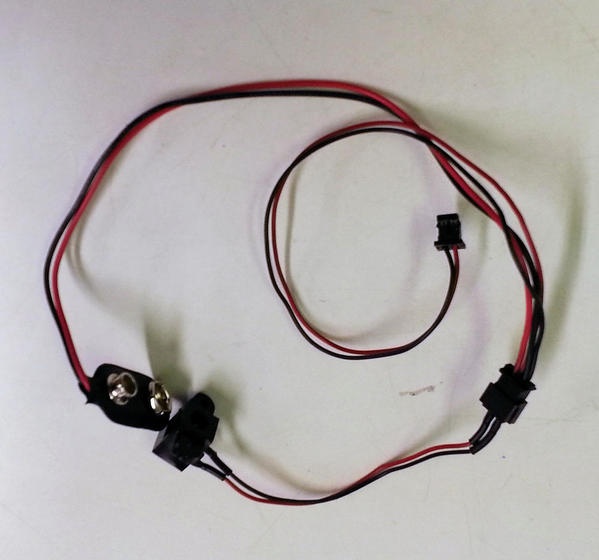I think he wants to make sure his batteries are charged. They could be "dead".
So, will he incur damage to a BCR should he put one on a charger by accident?
I'd have to guess no unless the charger is rated higher than the BCR's rating.
So Id want say no to using quick chargers using a higher voltage in short controlled bursts, and auto shutoff for the charges end . Not without testing the chargers peak output anyhow. But a normal charger it should be fine.
My reasoning is also that I've never heard of them limiting run times in anyway, and I think the plugs just disconnects the board so it doesn't "take off" out of the blue or wake us at 3am, while on a shelf just charging. Static is a sneaky, mischievous, traveling, devil, few items escape a little meddling magic their whole lives .
.
While we don't do it often ourselves, somewhere there are lab rooms with things running non stop "till the wheels fall off". Having seen many places like that in other industries, Id travel and pay to see one, full of our trains, for an hour or two
...um, and no tour guide. Not a good idea, I'd ask way too many questions
Between a dead loco, dying locos, and 15-30 charges, weeding them out sounds allot easier than my first thoughts.






